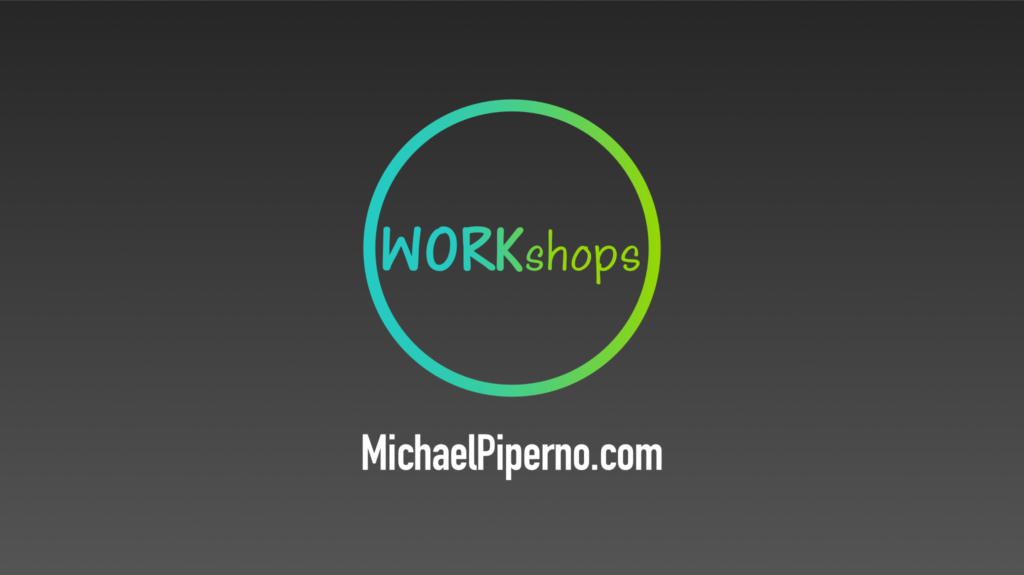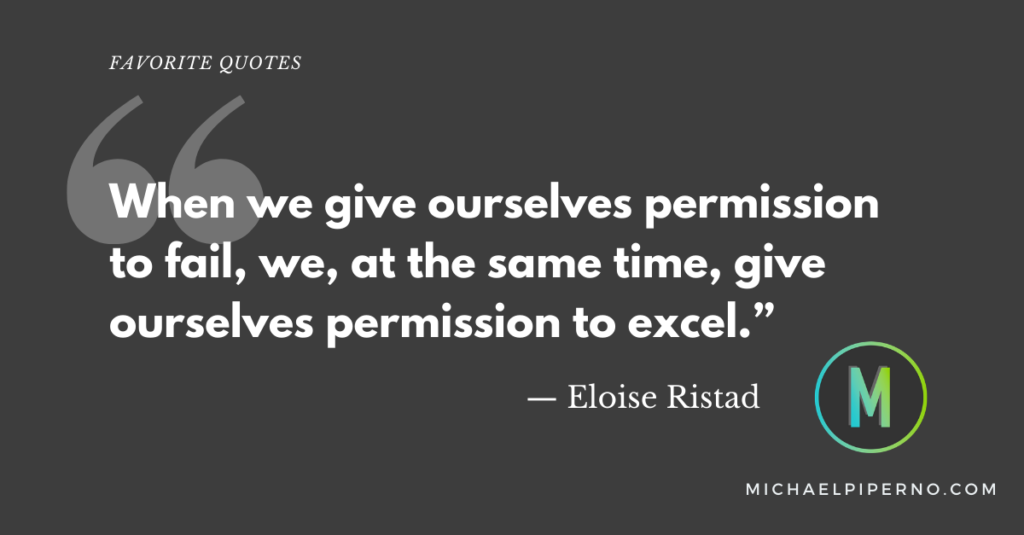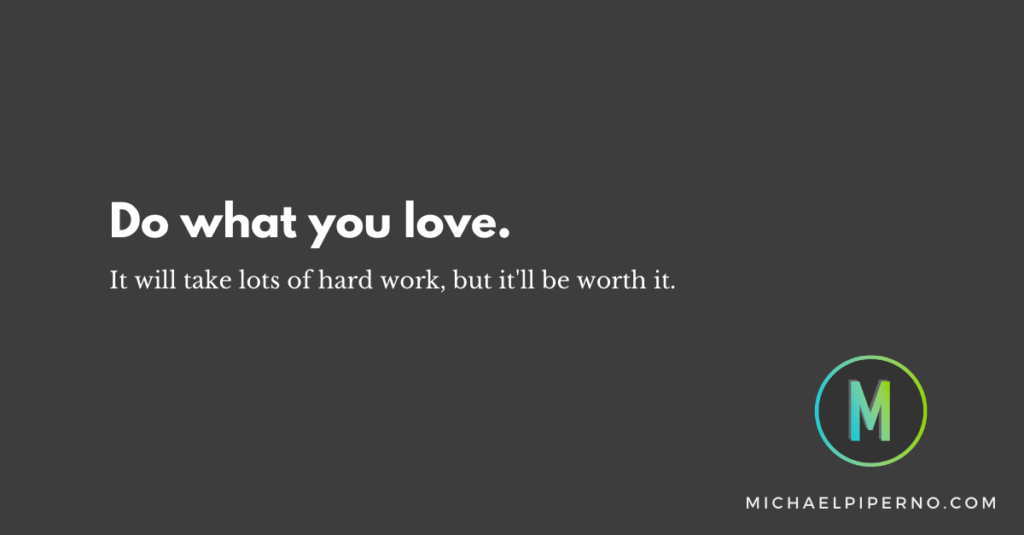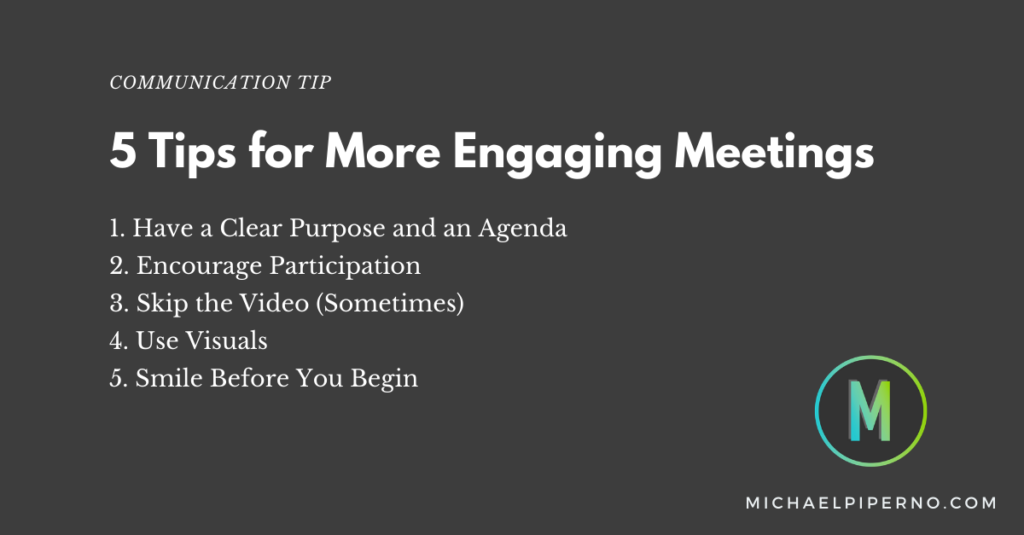Who’s Telling Your Story?
In business, everyone has a story to tell. In this context, I’m not talking about fairy tales or fictional stories that are simply meant to entertain. I’m talking about crafting a narrative that showcases your unique strengths, talents, and value.
I’ve thought about this topic a lot after watching an interesting Ted talk by Carla Harris. She talks about finding people who can help you get ahead at work — and she makes some powerful points about how many people who are really good at what they do often have not put enough work into relationship building. Therefore, there’s nobody else fighting for them. I’ll let you watch the talk to find out what her solution is, but it made me think about a lot of brilliant, talented, and wonderful people I have known during my career who let other people control their narratives. In other words, tell their stories.
Many people think of personal storytelling, or even personal branding, as shameless promotion. That’s often because the people they’ve seen do it have been the types who happily talk about themselves while speaking over others in the room. It doesn’t have to be like that. In fact, it shouldn’t be like that at all.
Think of storytelling as a guide — one that carefully leads others along the path to understanding, and remembering, you. Whether you’re an introvert or extrovert, loud or quiet, passive or assertive, you can find a comfortable way to talk about yourself that showcases the right parts of you to the right people. Then, you can build stronger connections and relationships, and be remembered.
In a recent episode of Dave Stachowiak’s podcast Coaching for Leaders, he interviewed leadership and entrepreneurship expert and professor Laura Huang about her new book, Edge: Turning Adversity into Advantage. On the podcast, Laura shared this wonderful visual of how we show ourselves to others. She said to think of yourself as a diamond. Every diamond has flaws. And every diamond has many beautiful, and different, facets. There’s great power in learning to show the right facets to the right people. You’re not being inauthentic by doing so. It’s still you, but you’re tailoring the story to the audience to ensure you are guiding them in better understanding the aspects of you that matter to them.
Whether you’re trying to climb the corporate ladder, or to sell a product or service, it’s easier to influence others when your communication considers the needs of your audience, and is tailored to tell them the story that they need to hear.
And most importantly, make sure you’re in control of your story.
Photo by Art Lasovsky on Unsplash
Who’s Telling Your Story? Read More »










